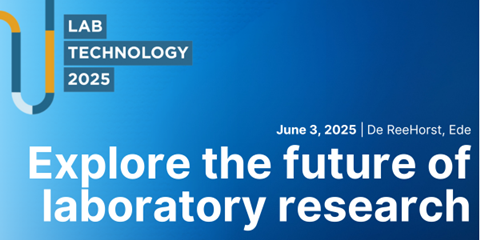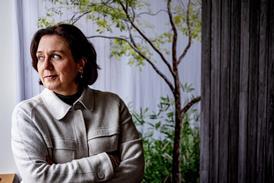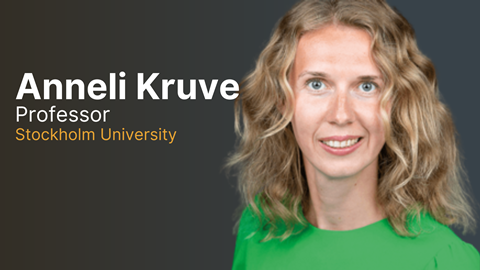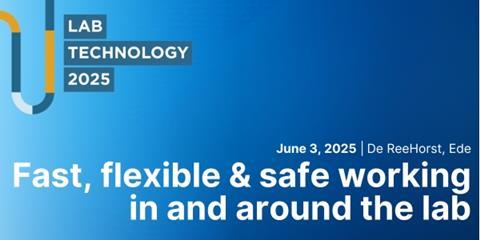“Ten years ago I would not have imagined that we can estimate the quantity and toxicity of unknown chemicals in complex mixtures as we can today,” says Professor Anneli Kruve, from Stockholm University. Kruve’s research focuses on advancing mass spectrometry techniques, more specifically on establishing quantitative non-targeted analysis and applying analytical information for complex structural characterization.
Already as a bachelor student Kruve was fascinated by resolving complicated chemical mixtures into its individual components. Chromatography and mass spectrometry were her favourite subjects but she was also interested in data processing, statistics and chemometrics. To deepen her knowledge, she studied information technology in parallel to her postdoc period. She now uses machine learning in combination with mass spectrometry to characterize and quantify unknown compounds in complex mixtures. Her research has important applications in fields such as environmental analysis, food safety, and biomedical sciences, where detecting and characterizing unknown compounds is crucial.
Wastewater analysis
An important source of environmental contamination is wastewater, making it essential for analytical characterization. During wastewater treatment chemicals in the water are broken down in smaller chemicals. To check if they are safe to release into the environment, it is important to understand what these smaller chemicals are and estimate the quantity released. Kruve: “There are lots of these transformation products being produced; however, we cannot quantify them from mass spectrometry data with traditional methods like measuring calibration graphs and doing linear regression because we do not have analytical standards for the majority of them. Also, some of them are unstable and reactive and some have never been synthesized.”

Machine-based quantification of chemicals without analytical standards
This is where modelling or machine-learning comes in handy. “To estimate the concentration of a compound in wastewater, we first need to understand how well a compound ionizes when it is analysed by mass spectrometry. This ionization behaviour is closely linked to the compound’s chemical structure and can be related to various physical and chemical properties of the chemical. Using these descriptors, a model can be built that predicts a compounds ionization efficiency from its structure. This in turn allows us to estimate the compounds concentration in wastewater without the use of standards.”
Machine-based identification of potentially toxic compounds
Unfortunately, for a good deal of these transformation products the structure remains unknown. Thus, Kruve and her research group even went a step further: they developed a machine-learning model with which they can predict the toxicity of a compound in a mixture based on its mass spectrometric data without knowing the structure. Kruve: “When we know that a sample is having a toxic effect, we need to know which compounds in the sample are causing this effect. Of the thousands of chemicals detected in the water sample with chromatography and mass spectrometry, we want to narrow our investigation down to those most likely to be toxic. This can be done by modelling. The model allows us to focus our efforts on figuring out the structure of only these compounds.”
Kruve is proud that the quantification and toxicity prediction tools are helping users in many different research communities in Europe and further. “The field of modelling to solve chemical problems is developing extremely fast. It has helped a lot in reducing the manual workload but here is still a lot that needs to be elucidated. For example, we still do not know the structure of the majority of the chemicals in wastewater. So it’s exciting to see what we can achieve in the near future.”
















